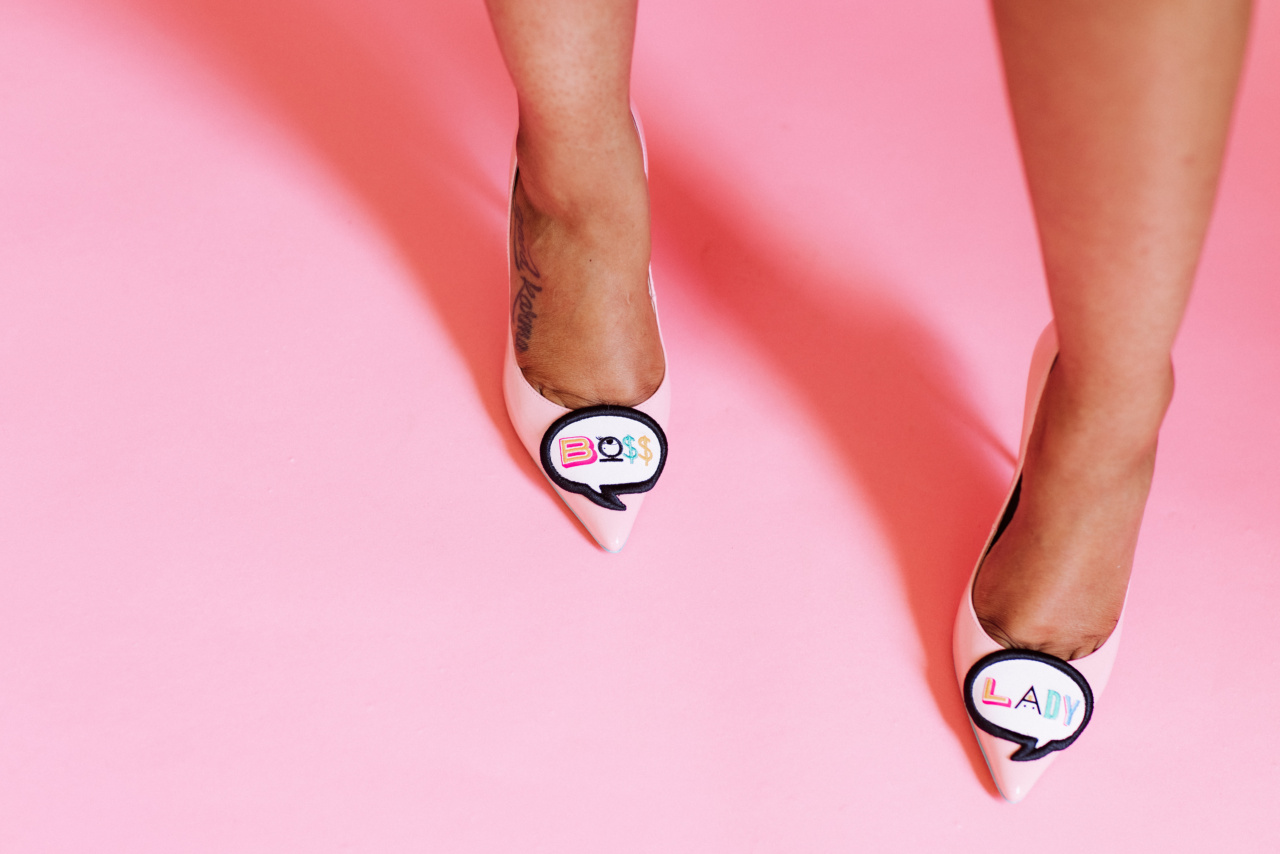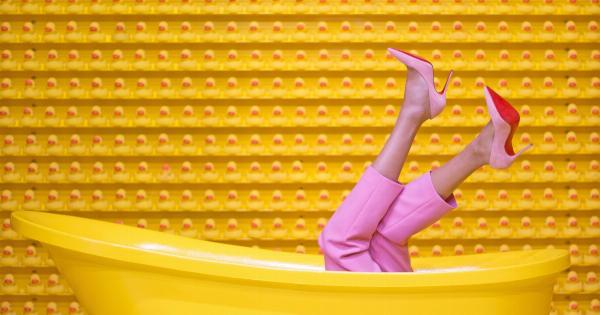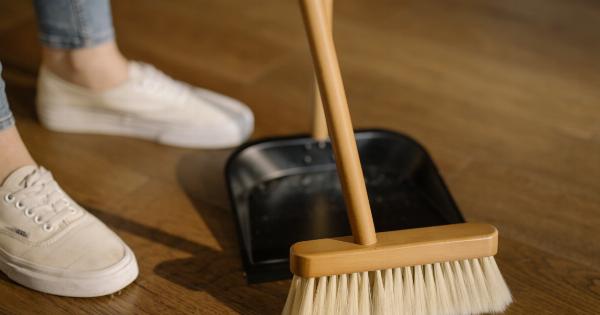Heeled shoes have been a prominent fashion accessory for centuries. They are adored by many for their ability to elevate one’s style, make a bold fashion statement, and offer a sense of confidence.
However, the long-standing debate on whether heeled shoes are a beauty or a bane continues to persist. In this article, we will delve into the various aspects of heeled shoes, examining their history, impact on health, fashion appeal, and societal norms.
By analyzing both the positive and negative aspects, we aim to shed light on the controversy surrounding heeled shoes.
The Journey of Heeled Shoes
Heeled shoes have a fascinating history that dates back centuries. Originating in ancient civilizations, such as Egypt and Greece, heeled footwear was initially associated with power, wealth, and privilege.
Both men and women wore heeled shoes as a symbol of their social status. However, it was during the Renaissance period that heeled shoes truly captivated the fashion world.
During the Renaissance, heeled shoes became an essential fashion accessory, particularly for men. The height and style of the heels denoted rank and prestige, with the aristocracy wearing extravagant and embellished designs.
As time progressed, heeled shoes gained popularity among women as well. The subsequent centuries witnessed the evolution of heeled shoes, both in terms of design and materials used.
The Fascination with Heeled Shoes
Heeled shoes continue to captivate the fashion industry and consumer market. Despite their history, it is their aesthetic appeal and transformation of one’s posture and silhouette that make them so fascinating.
With a single pair of heeled shoes, an outfit can be completely elevated, exuding elegance and sophistication.
From stilettos to block heels, heeled shoes come in a variety of styles, catering to different fashion preferences and occasions. Stilettos, with their slender and high heels, are often associated with glamour and are commonly worn during formal events.
On the other hand, block heels offer stability and comfort, making them suitable for day-to-day wear.
Heeled shoes have the ability to enhance an individual’s posture, making them appear taller and more confident. The additional height adds a sense of empowerment, allowing individuals to stand out in a crowd.
Furthermore, heeled shoes can elongate the legs, creating a visually appealing silhouette that many find desirable.
The Health Implications
While heeled shoes possess undeniable fashion appeal, concerns regarding their impact on health cannot be overlooked. Prolonged or improper use of heeled shoes can lead to various health issues, particularly in the lower body.
Ankle sprains and fractures are common amongst individuals who wear high heels frequently. The instability created by the steep incline of the heels puts excessive pressure on the ankles, making them vulnerable to injuries.
Additionally, wearing high heels for extended periods can cause muscle imbalances and strain, leading to pain and discomfort in the calves and feet.
Furthermore, the altered posture resulting from heeled shoes can have long-term effects on the spine. The exaggerated curve in the lower back, known as hyperlordosis, can cause lower back pain and discomfort.
Moreover, the increased pressure on the forefoot can lead to conditions such as bunions and hammertoes.
Societal Norms and Pressures
Heeled shoes play a significant role in societal norms and expectations, particularly when it comes to women’s fashion. Throughout history, women have often been expected to wear heeled shoes in formal settings.
Failure to adhere to these norms might be met with judgment or ostracization.
The pressure to conform to these expectations can be emotionally and physically taxing. Many women feel compelled to wear heeled shoes despite the discomfort and pain they may experience.
This highlights the influence of society on personal choices and the sacrifices often made in the pursuit of beauty and acceptance.
Comfort and Fashion: The Middle Ground
Amidst the ongoing debate surrounding heeled shoes, it is essential to strike a balance between comfort and fashion. While high heels may be visually appealing, they do not have to be detrimental to one’s health or overall well-being.
Shoe designers and manufacturers have recognized the need for more comfortable options. Today, numerous brands offer heels with additional cushioning, arch support, and ergonomic designs.
These innovations allow individuals to enjoy the fashion appeal of heeled shoes without compromising their comfort or health.
Moreover, it is crucial for individuals to prioritize their own well-being over societal expectations. Women should be empowered to make their own choices regarding footwear, without the fear of judgment or nonconformity.
Conclusion
The enduring allure of heeled shoes cannot be denied. They are not merely a fashion accessory but a symbol of empowerment and self-expression.
However, it is essential to consider the health implications and societal pressures associated with heeled shoes.
Heeled shoes should not be viewed as an either-or debate; rather, they should be embraced with caution and mindfulness.
By prioritizing comfort, choosing well-designed footwear, and making choices that align with personal values, heeled shoes can be both beautiful and beneficial.



























